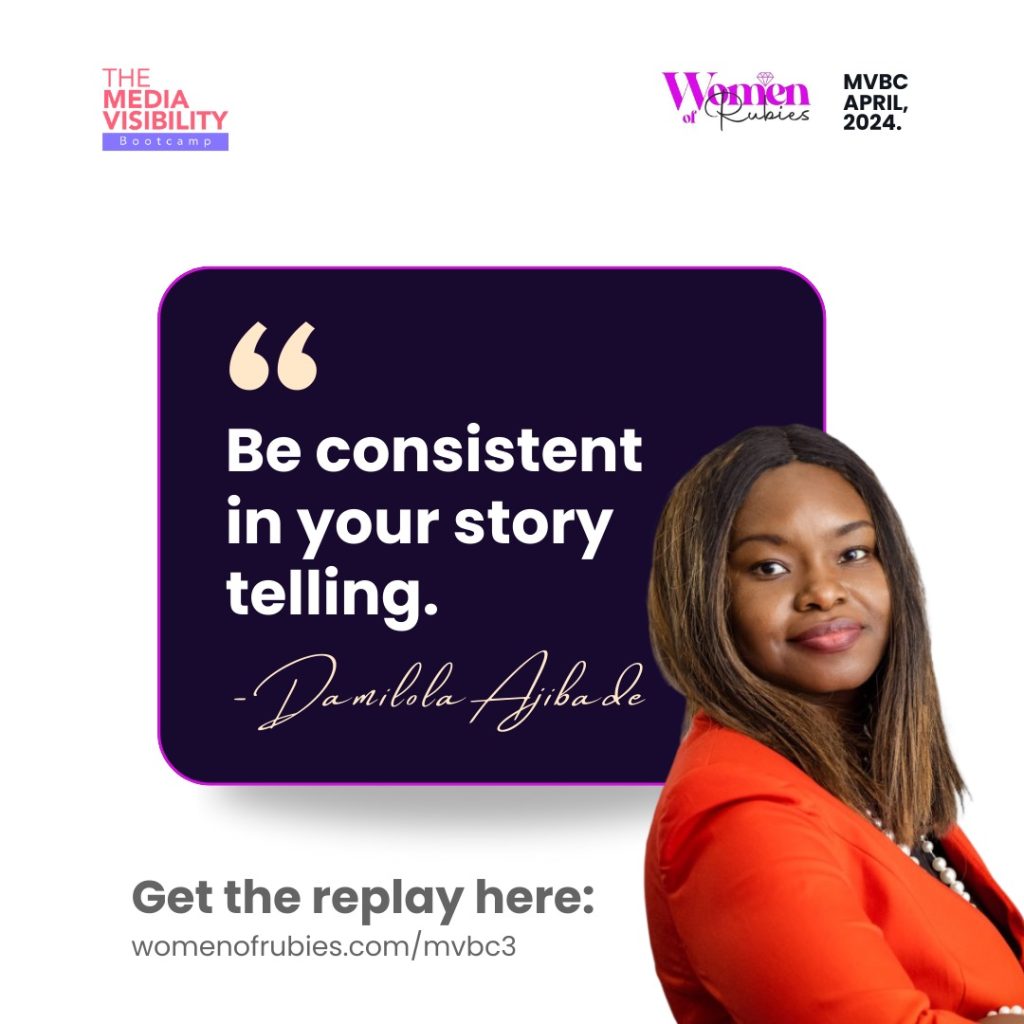Live-streaming has become an indispensable tool for businesses and content creators in today’s digital landscape, enabling real-time engagement with audiences. Whether you’re facilitating a webinar, conducting interviews, or unveiling a new product, live videos offer an unparalleled opportunity to connect with viewers authentically. Yet, to maximize the impact of your live streams, having the appropriate tools is crucial. This article delves into seven indispensable tools that can elevate your live videos and captivate your audience, ensuring a seamless and compelling viewing experience.
High-Quality Camera
The first step to a successful live stream is having a high-quality camera that can capture clear and crisp footage. While most smartphones have built-in cameras that are capable of live-streaming, investing in a dedicated webcam or DSLR camera can significantly improve the visual quality of your broadcasts.
Microphone
Clear audio is just as important as clear video when it comes to live-streaming. Investing in a high-quality microphone can help ensure that your viewers can hear you loud and clear, even in noisy environments. Consider using a lavalier microphone for hands-free operation or a USB microphone for improved sound quality.
Stable Internet Connection
A stable internet connection is crucial for uninterrupted live streaming. Ensure that you have a reliable internet service provider and consider using a wired connection for optimal stability. You can also use network testing tools to assess your internet speed and troubleshoot any potential issues before going live.
Streaming Software
Streaming software acts as the bridge between your camera and your chosen streaming platform. Popular streaming software options include OBS Studio, Streamlabs OBS, and Wirecast. These tools allow you to customize your live stream with overlays, graphics, and transitions, enhancing the overall viewing experience.
Engagement Tools
Interaction is key to a successful live stream. Incorporating engagement tools such as live chat, polls, and Q&A sessions can help keep your viewers engaged and entertained throughout the broadcast. Platforms like StreamYard and BeLive offer built-in engagement features that make it easy to interact with your audience in real-time.
Analytics Tools
Monitoring your live stream’s performance is essential for gauging audience engagement and identifying areas for improvement. Analytics tools such as Facebook Live Insights and YouTube Analytics provide valuable data on viewer demographics, watch time, and engagement metrics, allowing you to refine your live streaming strategy over time.
Backup Equipment
Despite careful planning, technical glitches can still occur during live streams. Having backup equipment on hand, such as an extra camera or microphone, can help you quickly resolve any issues and minimize downtime. Additionally, consider investing in a reliable uninterruptible power supply (UPS) to prevent power outages from disrupting your broadcast.
In conclusion, successful live-streaming requires careful planning, the right tools, and a commitment to engaging your audience. By incorporating these seven essential tools into your live streaming toolkit, you can elevate the quality of your broadcasts and create memorable experiences for your viewers. So go ahead, harness the power of live streaming, and take your content to new heights!
Would you like to know more about live-streaming tools and techniques? Join the conversation on Women of Rubies Collective Community here



